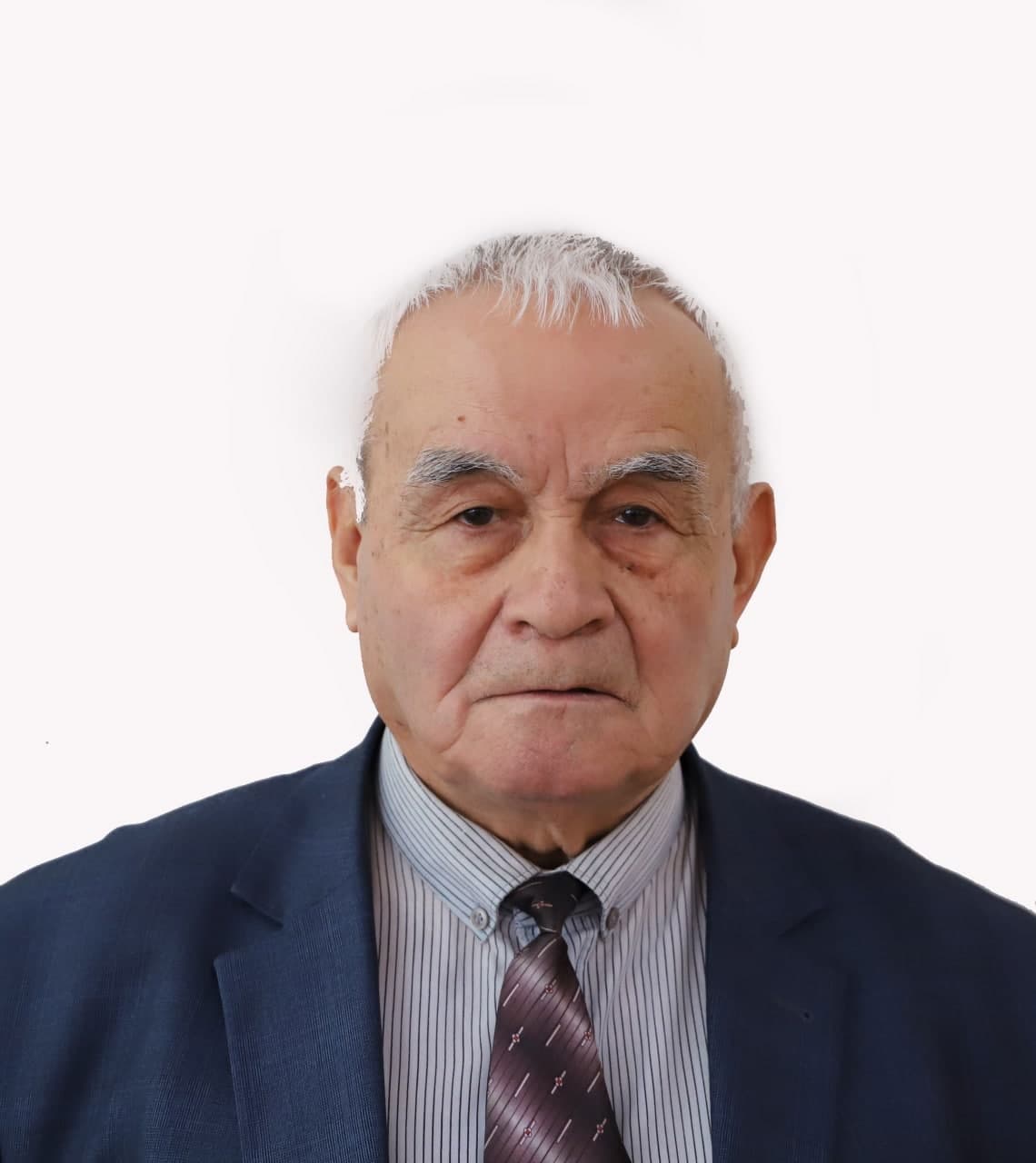Author: Ahmedova, Dilfuza Rafukjanovna
Annotation: Polysemy is a language phenomenon that needs to be studied both theoretically and practically. Its theoretical solution is connected with the logic of language, it is connected with the solution of the laws of communication. Its practical side is the structure of dictionaries such as translation and explanatory dictionaries. Polysemy is studied from the point of view of the semantic structure of the word. The semantic structure of a word is its aspect associated with objective existence. When studying the polysemy of a language, attention will be paid to the historical development of this people, the scale of thinking and point of view. This network of linguistic richness, taken as a whole, is no longer the object of study. Despite its theoretical and practical significance, such a problematic issue still remains unattended in the linguistics of all nations. Iranian linguists have also conducted research on verb ambiguity, especially the meanings of simple verbs. Lexical meanings in the semantic structure of a word are initially divided into two large groups - current lexical meanings and previous lexical meanings. The current lexical meaning is characteristic of the current stage of language development, and previous lexical meanings are characteristic of past stages of language development. Therefore, the current lexical meaning is studied in descriptive semasiology, and the previous lexical meanings are studied in historical (diachronic) semasiology. Among them is the question of polysemy of simple verbs in the Persian language, which is the subject of our topic.
Keywords: polysemy, mobile meaning, conveying meaning, lexical meaning, simple verb, usual and occasional meaning, metonymy, metaphor, synecdoche.
Pages in journal: 855 - 877







